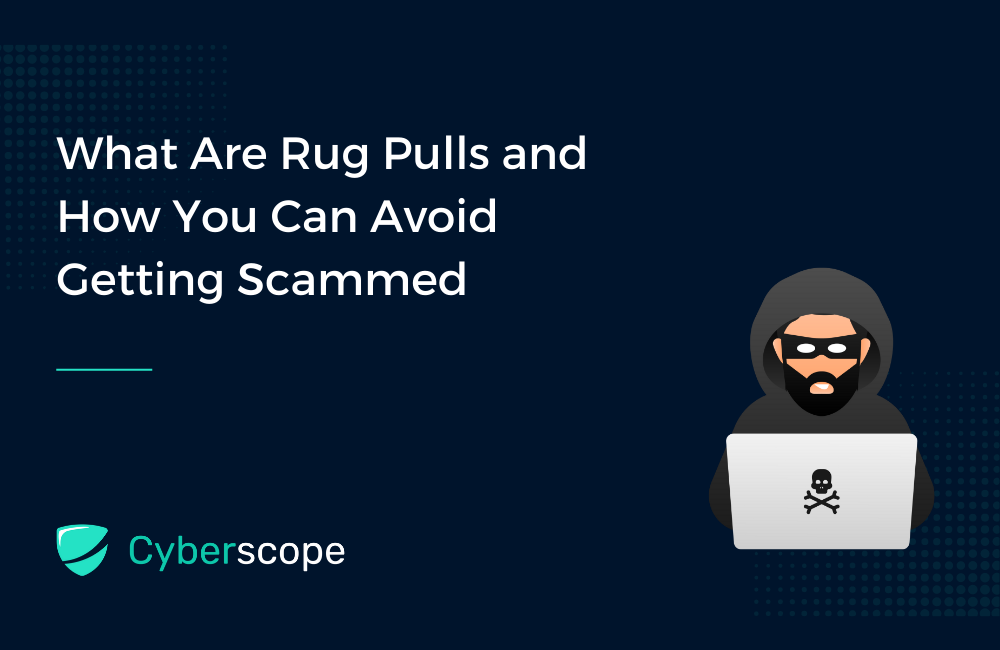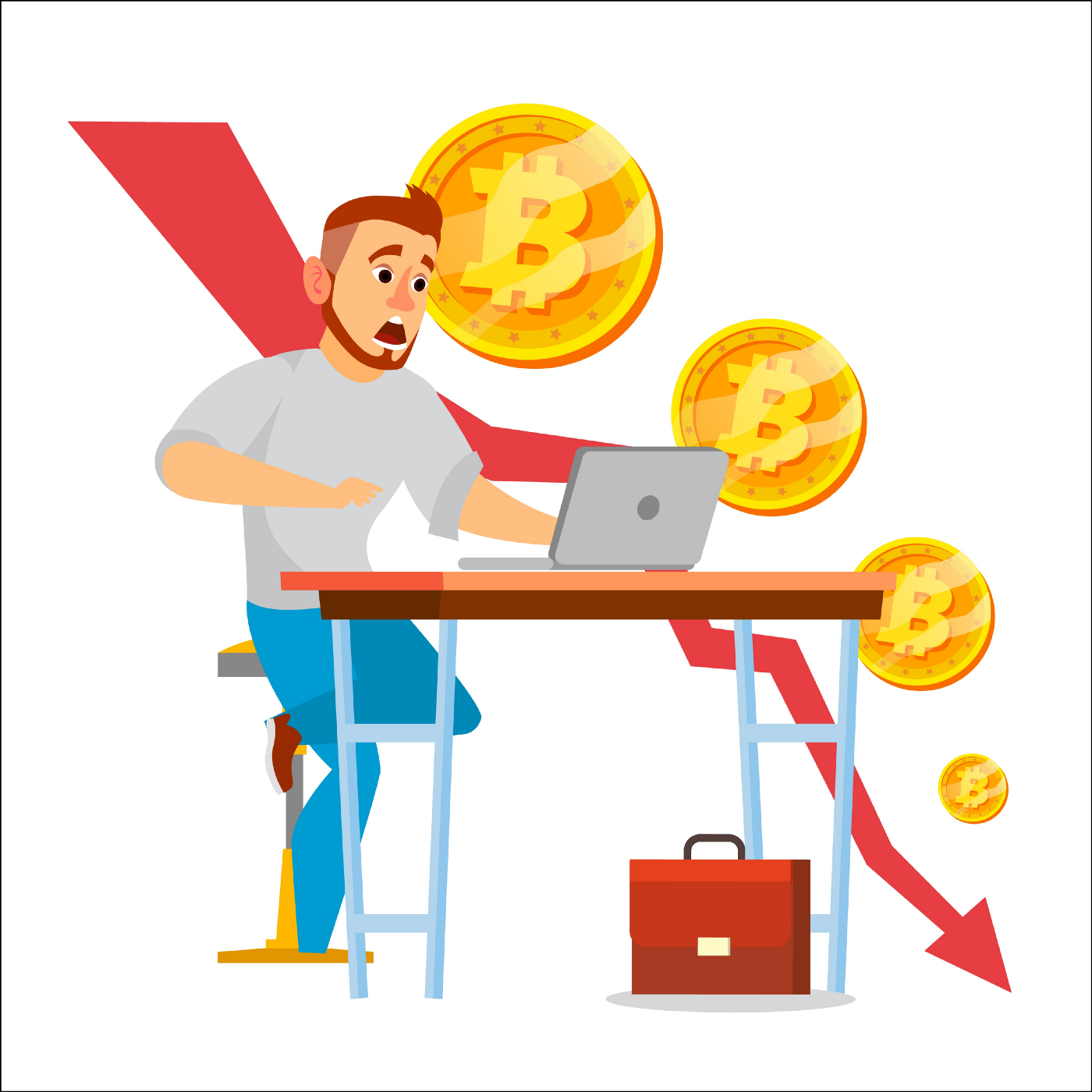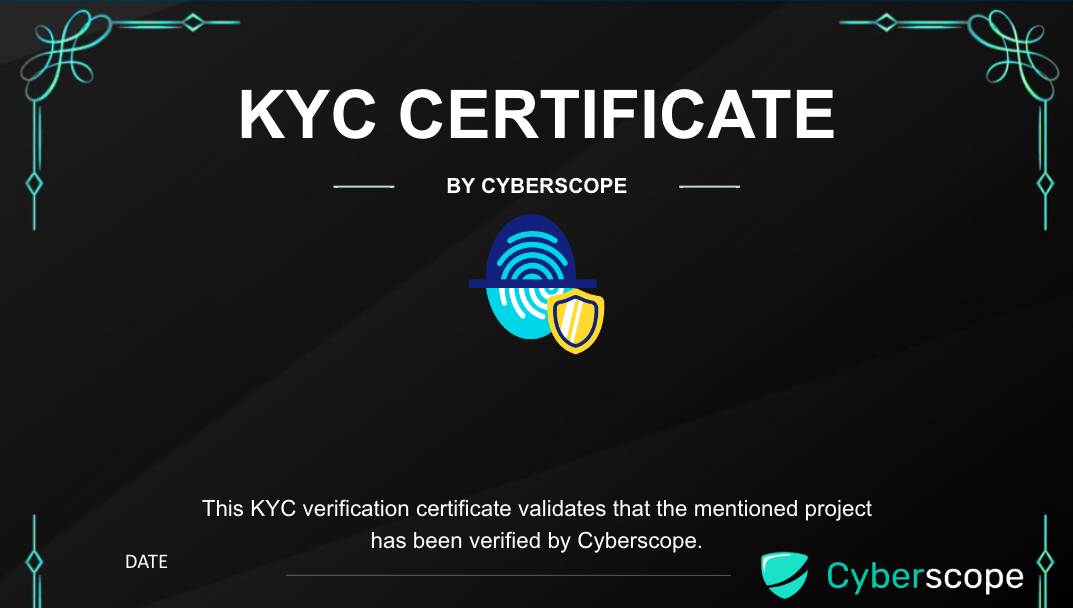

What Are Rug Pulls and How You Can Avoid Getting Scammed

As most of us are aware, the world of cryptocurrency is filled with landmines when it comes to investments. Cryptocurrency scammers have stolen over $1 billion from more than 46,000 people since the start of 2021, a new Federal Trade Commission report says.
Crypto scams have seen an unprecedented rise since 2018, shooting up to 60 times higher. One of the most common scams that people will encounter in this industry are rug pulls. In this guide, we’ll explore what rug pulls are and what are some signs to look for if you want to avoid becoming a victim of one.
What Is A Rug Pull?
A rug pull happens when a fraudulent project team will create a new crypto token and then pull as much value out of them as possible before abandoning them as their price drops to zero. The project owner (or team) sometimes has the right to remove the liquidity of his token, rendering the tokens purchased by public investors worthless.
Rug pulls are a type of exit scam and one of the most common decentralized finance (DeFi) exploits.
Hard Rug Pulls vs Soft Rug Pulls
Rug pulls usually come in two different forms, hard and soft. A hard rug pull is when the development team behind the token will remove all liquidity from the project, sell their tokens and will usually disappear. Usually, when this happens it’s pretty difficult to recover your funds, but not impossible.
A soft rug pull (or slow rug pull) is when the development team behind the project has abandoned their token, but keep reassuring the investors that they are still working on the project. Soft rug pulls usually bring less profits to scammers, but are very hard to make a case against them. This is because it’s not easy to prove whether the team has actually abandoned the project or not.

How To Avoid a Rug Pull
While you can never be 100% safe against rug pulls (especially soft/slow rug pulls), here are a few things to be aware of before investing in a new project:
Locked Liquidity
One of the most common ways that investors become victims of rug pulls is when they are buying tokens where the liquidity pool is not locked. If there is no liquidity lock on the token supply in place, nothing stops the project owners from running off with the entirety of the liquidity. Make sure that the liquidity of the tokens you invest in is at least 90% locked to make sure your investment is not at risk of a hard rug pull.
Locked Team Tokens
Another important thing to consider in your investments is the tokenomics of the project. How many tokens is the team of the token holding for themselves? Have they locked their tokens or have they put any kind of vesting schedule in place? Locking the team tokens means that the team will not be able to sell them (or part of them) until the end of the lock period. A good project team will not be looking to sell any of their tokens at least a few months after their cryptocurrency project has launched.
KYC & Audit
Last but not least, always check if the project team has their smart contract audited and if they have passed a KYC verification with a popular cyber security company like Cyberscope. Smart contract audits will uncover any potential vulnerabilities, but will not protect you against hard and soft rug pulls. KYC on the other hand will keep the project owners accountable in case they perform either a soft or a hard rug pull. In such cases, the KYC provider can use the project team's credentials and pursue legal action against them and potentially recover your funds.

Conclusion
Investing in crypto projects comes with a lot of potential risks (and also gains!). Make sure you always DYOR (Do Your Own Research) and keep an eye on our guides here at Cyberscope, where our daily mission is to protect retail investors and traders from scammers and fraudsters.

.jpg%3Falt%3Dmedia&w=640&q=75)

